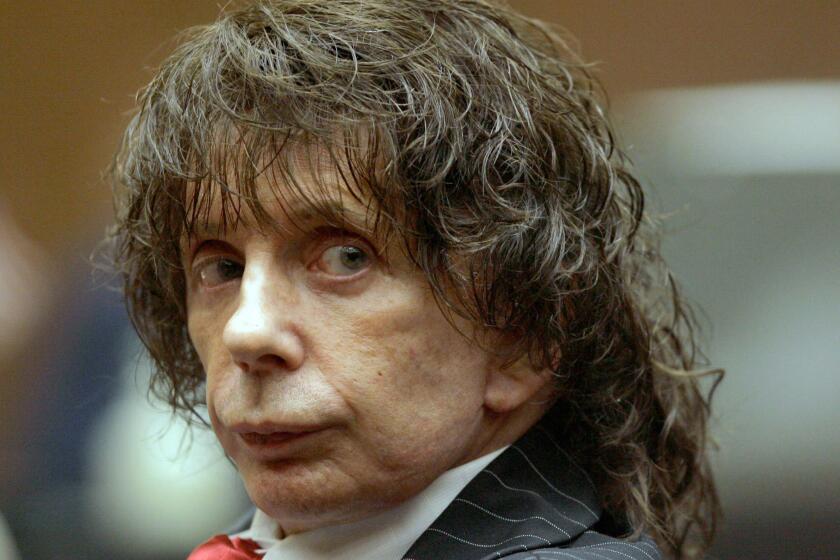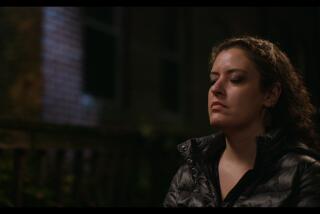Phil Spector killed her. The press tarred her. Her mother wants to ‘set the story straight’

It’s been nearly two decades since Lana Clarkson, the statuesque sword-wielding star of “Barbarian Queen” and other action films by Roger Corman, was murdered by songwriter and music producer Phil Spector at his sprawling faux French chateau in Alhambra known as the Pyrenees Castle.
For most of that time — even as Spector’s defense team portrayed Lana, a striking 40-year-old, as an over-the-hill B-movie actress so despondent about her career prospects that she took her own life in a stranger’s foyer — her grieving mother, Donna Clarkson, kept her silence.
“They would manipulate the truth,” Clarkson, who sat through two agonizing trials before Spector was ultimately convicted in 2009, told The Times. “It was so hard not to raise my hand during the trials and just say, ‘Excuse me, may I clarify this?’ Because I knew the things that they were saying were not true. I wanted to set the story straight.”
Bruce Springsteen described Spector’s music as “violence covered in sugar and candy,” and the abuse suffered by those in his orbit grew inseparable from his art.
Clarkson hopes to do that by participating in Showtime’s “Spector,” premiering Friday. Directed by Don Argott and Sheena M. Joyce, the docuseries revisits the familiar beats of Spector’s life story: tragic childhood, precocious rise to the top of the music business, pioneering collaborations with pop greats like the Beatles, and subsequent decline into mental illness, alcoholism and violent behavior.
The events of Feb. 3, 2003, the day Lana Clarkson was killed, have already inspired numerous documentaries and a wildly fictionalized HBO film starring Al Pacino. The salacious interest was stoked further by the initial mistrial, a media circus broadcast on CourtTV and mostly remembered for the fright-movie wigs Spector wore to court.
But unlike other projects about the producer, who died in 2021 after contracting COVID-19 in prison, “Spector” portrays his victim as a fully rounded human — a vibrant creative spirit, supportive friend and resilient working actor — rather than just another Hollywood blond who met an untimely demise. It makes the case that Clarkson, who met Spector when she was hosting the VIP room at the House of Blues, had a career worthy of envy, not derision.
“It was important to us that Lana Clarkson not be a footnote in the Phil Spector story,” said Joyce.
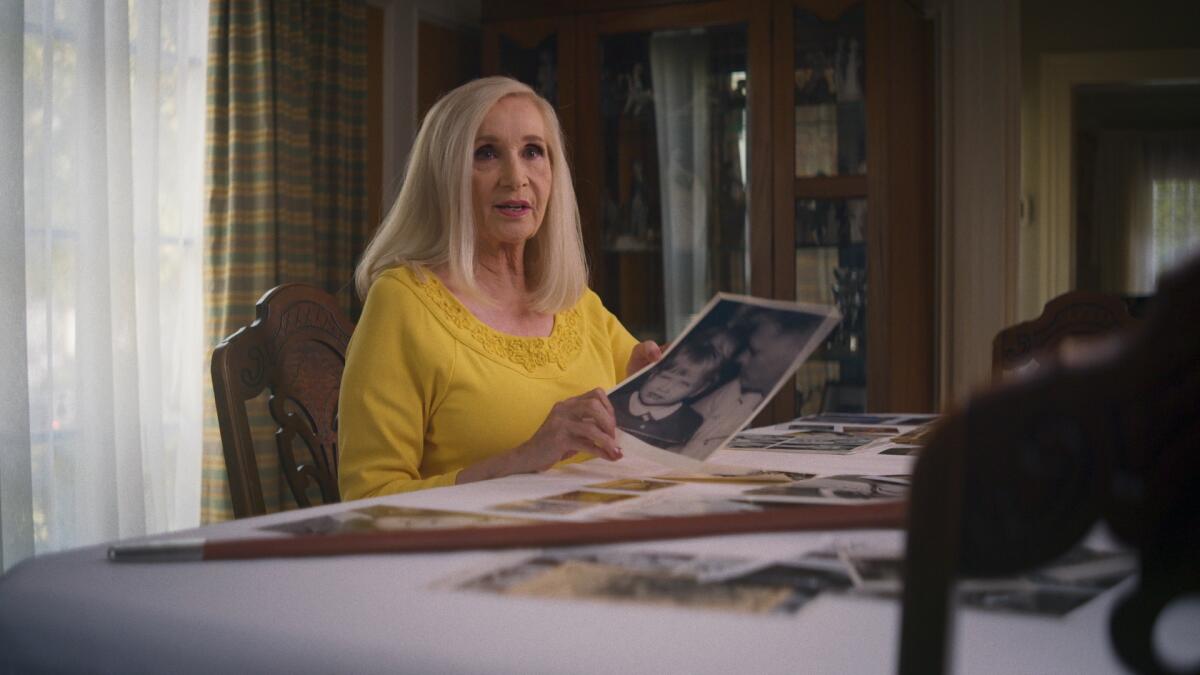
The family’s participation in the documentary was crucial — and not easy to secure, given Donna Clarkson‘s past experiences with the media. In 2005, she sat for a rare interview with the ABC News program “Primetime” for what she believed would be an in-depth story about her daughter’s life. Instead, the final segment included graphic crime-scene photos that Donna and other family members had not seen — and were not warned about — before the broadcast.
“We’re watching the show, and suddenly there she is, in the chair [Clarkson’s body was found in a chair in Spector’s entryway, a purse slung over her arm]. We’d never seen any of those pictures. It was such a shock to everybody. A lot of our friends had to turn off the TV,” she recalled. “It changed everything for me at that time. It just took my trust factor away.”
According to Argott, “It took a really long time to convince the family that there was any upside in what we were going to do.” After a series of conversations, initially mediated by family friend and lawyer Rod Lindblom, Clarkson agreed to be a part of “Spector,” eventually handing over to the filmmakers troves of family photos and home movies.
‘Phil Spector,’ on trial
“Don and Sheena seemed like they wanted to represent Lana, which hadn’t really been done before. She was maligned so much during the trials,” said Clarkson, who recently watched the documentary with Lindblom. “It was extremely emotional for us to see it all. We both felt shell-shocked when we left. But they did tell the truth, and that was what was important to me.”
Joyce was bothered by the way the media and Spector’s allies used Clarkson’s work in low-budget films to tarnish her as a cheesy has-been, when in reality she’d accomplished more than most actors ever do merely by lasting for 20 years in a notoriously fickle industry. (Days after Clarkson’s death, The Times ran a front-page story with the headline, “Slain Actress Had A-List Dreams, B-Movie Reality.”)
“You couldn’t hear anything about this case without the tag ‘B-movie actress’ coming before ‘the victim, Lana Clarkson,’” said Joyce. “It was this little moniker that was another way to denigrate her. It creates a narrative of longing for the A-list and a desperation that would drive her to that house that night. The suggestion is that she was somehow asking for it, or got what was coming to her.”

“Spector” paints Lana Clarkson as a savvy and self-aware performer who was gearing up for a comeback when she crossed paths with Spector, who paid a visit to the House of Blues late one night while on a drunken bender. Their lives, which share striking similarities, unfold on parallel tracks.
We learn how Clarkson’s father died in a mining accident when she was a teenager, propelling her into modeling and then acting at a young age; Spector’s adolescence was marred by his father’s suicide and, by 20, he was a dominant figure in pop music. While Spector’s star was fading in the ’80s, Clarkson was on the rise, with small parts in sitcoms like “Night Court” and “Three’s Company” and leading roles in Corman’s sword-and-sorcery pictures. (“Lana had a presence that was very powerful,” Corman says in “Spector.”)
Later, as she began to age out of bombshell roles, Clarkson made the transition into commercials for major brands including Kmart and Playtex. She also developed a stand-up routine that skewered her reputation for playing, as she put it in clips that appear in “Spector,” “every sexpot bimbo character you can imagine,” and produced a sizzle reel showcasing her comedic chops.
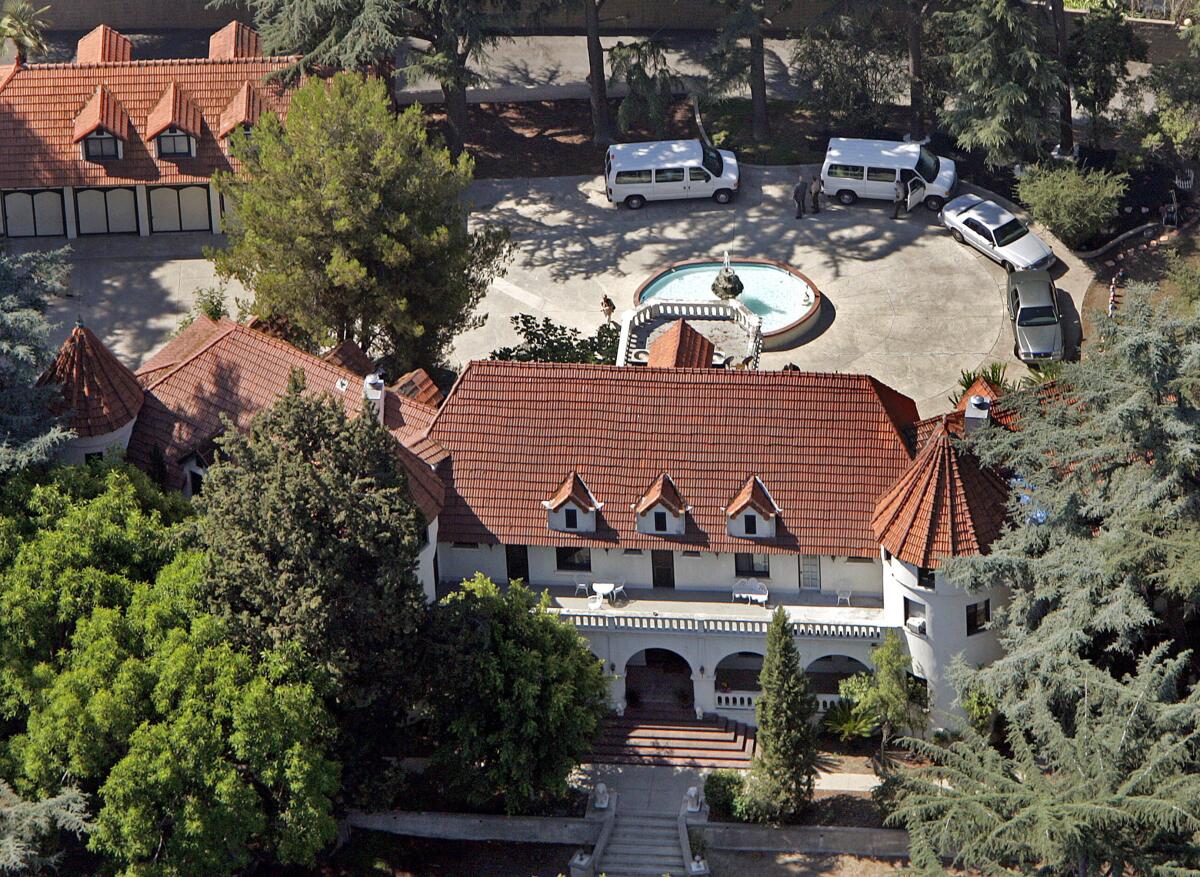
Friends and family share fond recollections of a woman who was big in stature and personality. “What impressed us was what a light she was, and what light she brought to the people in her life,” Joyce said. “She was funny, thoughtful, loving and joyful.”
But Clarkson faced a major professional setback when she shattered her wrists in an accident — she tripped on a carpet while Irish dancing in stilettos — and was sidelined for roughly a year. Shortly before her death, Clarkson accepted the job at the House of Blues, then one of the hottest spots in town, in a shrewd bid to reestablish herself in the industry.
“She worked all the time,” said Donna Clarkson, who last saw her daughter the day before she was killed. She’d taken Lana, who was partial to high heels despite being 6 feet tall, shopping for flat shoes to wear to work. Lana had driven back and forth to San Diego twice that weekend to sign autographs at Comic-Con, worked multiple shifts at the House of Blues, and was preparing for a commercial she just booked.
Phil Spector was hospitalized after he became ill with COVID-19, said a source familiar with his medical condition.
“She said, ‘You know, Mom, I don’t know how much longer I can stay at the House of Blues, because it’s interfering with my auditions,’” recalled Clarkson, who believes her daughter agreed to go to Spector’s house for a drink “because in the entertainment industry, everybody socializes after hours.”
The idea that Lana “would even think about shooting herself in the mouth” struck Donna as ludicrous. “She would never do that. She had just gone to the dentist and paid a lot of money. I was surprised they didn’t have her dentists up there [on the stand],” she said.
As for the “B-movie actress” descriptor used to stigmatize her posthumously, “Lana would have taken that herself and put it in her comedy act.”
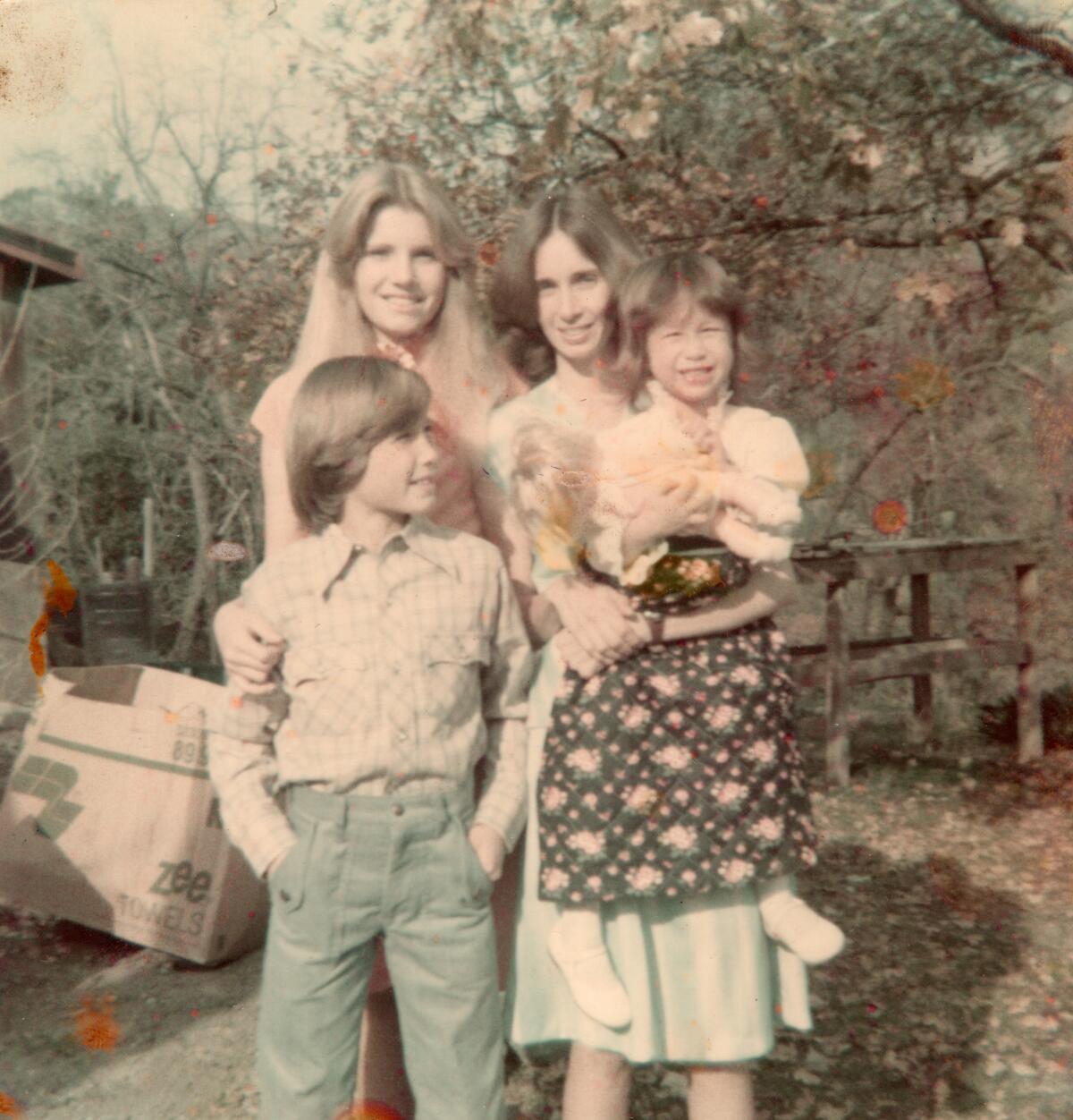
Clarkson has tried not to think too much about Spector over the years, but the ubiquity of his music often made that difficult, she said: “You hear ‘Imagine,’ it’s a beautiful song, and then all of a sudden it hits you in the gut. I couldn’t listen to that.” (Spector produced several of John Lennon’s solo albums.) When he died last year, she was “disappointed that he never really came forward and told the truth. I would have liked to have seen him do that.”
But Clarkson, who is now 77 and still lives in Southern California, is focused on keeping her daughter’s spirit alive, visiting her resting place at Hollywood Forever Cemetery with a group of friends every year on Lana’s birthday and the anniversary of her death.
“I miss her every day. And I think about her and it makes me smile. But it makes me cry at the same time. I just miss not being able to go to lunch and just laugh and do fun things together,” she said. “All these years, I’ve always felt like she’s still traveling. She’s still there. She’s all around. I know that she is not with me, but I try not to live in that reality if I can.”
Watch L.A. Times Today at 7 p.m. on Spectrum News 1 on Channel 1 or live stream on the Spectrum News App. Palos Verdes Peninsula and Orange County viewers can watch on Cox Systems on channel 99.
‘Spector’
Where: Showtime
When: Anytime starting Thursday
Rating: TV-14 (may be unsuitable for children under the age of 14)
More to Read
The complete guide to home viewing
Get Screen Gab for everything about the TV shows and streaming movies everyone’s talking about.
You may occasionally receive promotional content from the Los Angeles Times.

